By Murray Schneider
As we walk through our neighborhood, the inordinate amount of work necessary to keep our streets and bits of greenery as lovely as they are isn’t always apparent. Take, for example, the Greenway that runs parallel to Bosworth Street. Casual strollers don’t see the many hours of work, both physical labor as well as grant-writing, committee-sitting and government dealing-with that make it not just an overgrown nest but an swath of green less than 20 feet from a busy thoroughfare. Here’s a look into some of that behind-the-scenes work.
The physical part
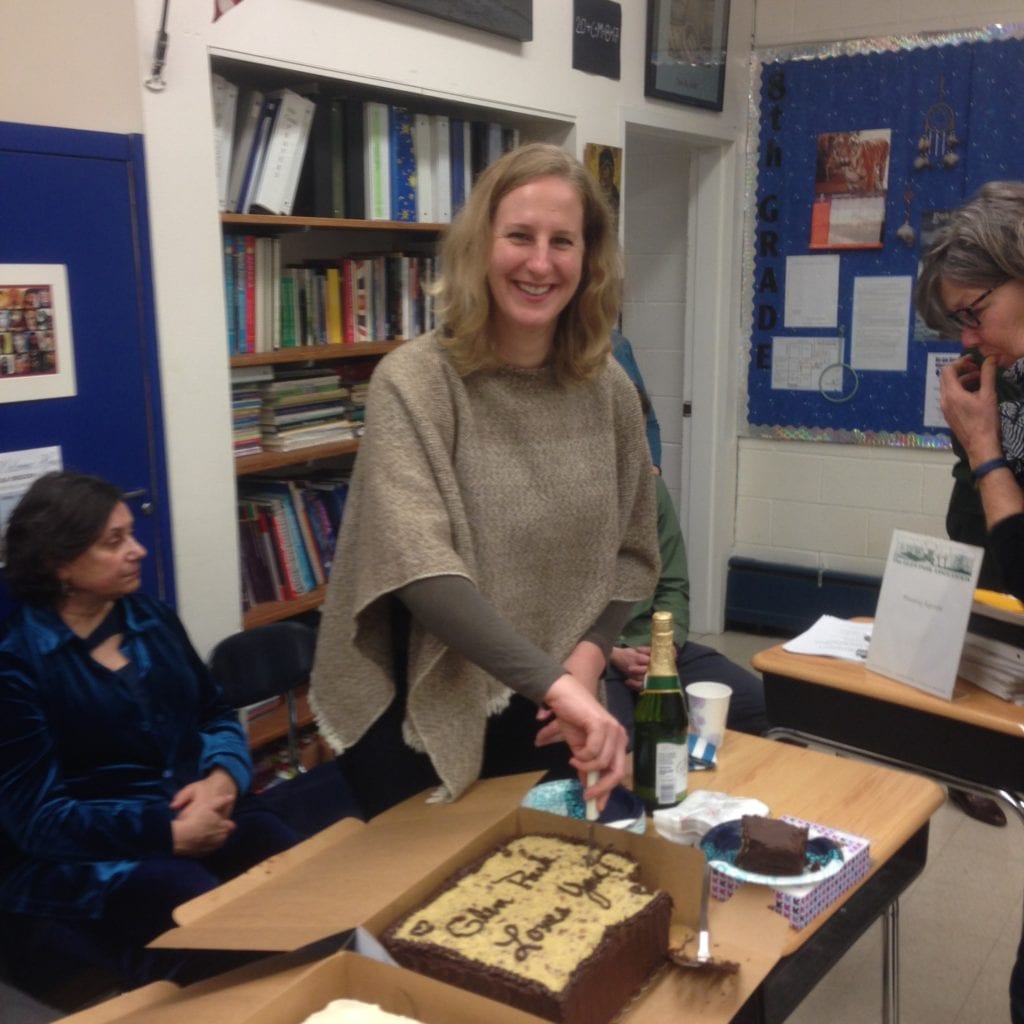
Stephany Wilkes shears sheep from January through July, traveling as far as Nevada, Oregon and Washington to garner as much as eight pounds of wool in 10 minutes from a single ewe.
But on January 14, closer to her Arbor Street home, she turned her attention to weeding hundreds of pounds of English ivy in three hours. Her morning work took her between Lippard and Chilton Avenues, along a one block stretch of the proposed Glen Park Greenway.
She wasn’t without assistance.
“Twenty-four people came out,” said Wilkes, sipping a cup of herb tea two weeks later at Destination Bakery. She’d come to the Chenery Street bakery to collect two cakes for a scheduled quarterly Glen Park Association meeting that would honor long serving GPA president, Michael Rice. “Public Works sent help from its Clean and Green Crew, as well as loaning us tools.”
The January 14 work party was a collaborative effort. It included Glen Park Association volunteers, supported by the Street Park Program begun by San Francisco Public Works and the San Francisco Parks Alliance that empowers city residents to oversee unused neighborhood land, often owned by Public Works and can also be on CalTrain, PUC or Caltrans property.
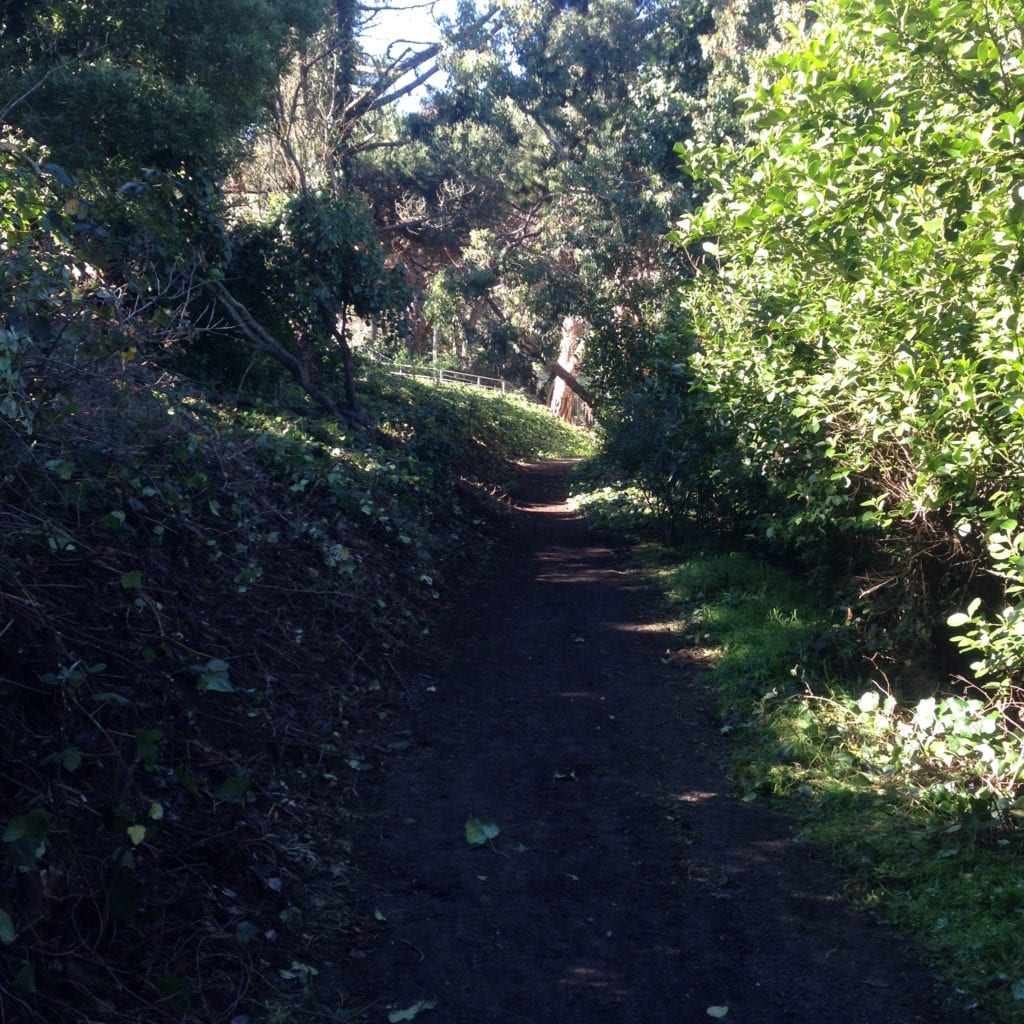
“A week before I did a walk through with a City arborist,” said Wilkes, who chairs the Glen Park Association Health and Environmental Committee. “I obtained guidance about which species were safe to prune or remove.”
Wilkes, who enjoys knitting, which is how she became interested in sheep and wool in the first place, was tapped to organize the January morning event.
Unlike lambs who never are in a hurry to get fleeced and who become anxious when separated from their flock, her volunteers selected gloves, scattered along the path, and set about pulling weeds.
Thirty minutes earlier, Wilkes’ MINI-Cooper had brimmed with loaned Public Works loppers, rakes, shovels burlap bags, gloves and vests.
“Herding and shearing sheep takes much, much, more energy, skill and resources than organizing volunteers,” volunteered Wilkes. “Organizing a clean-up is literally nothing compared to a managing a flock.”
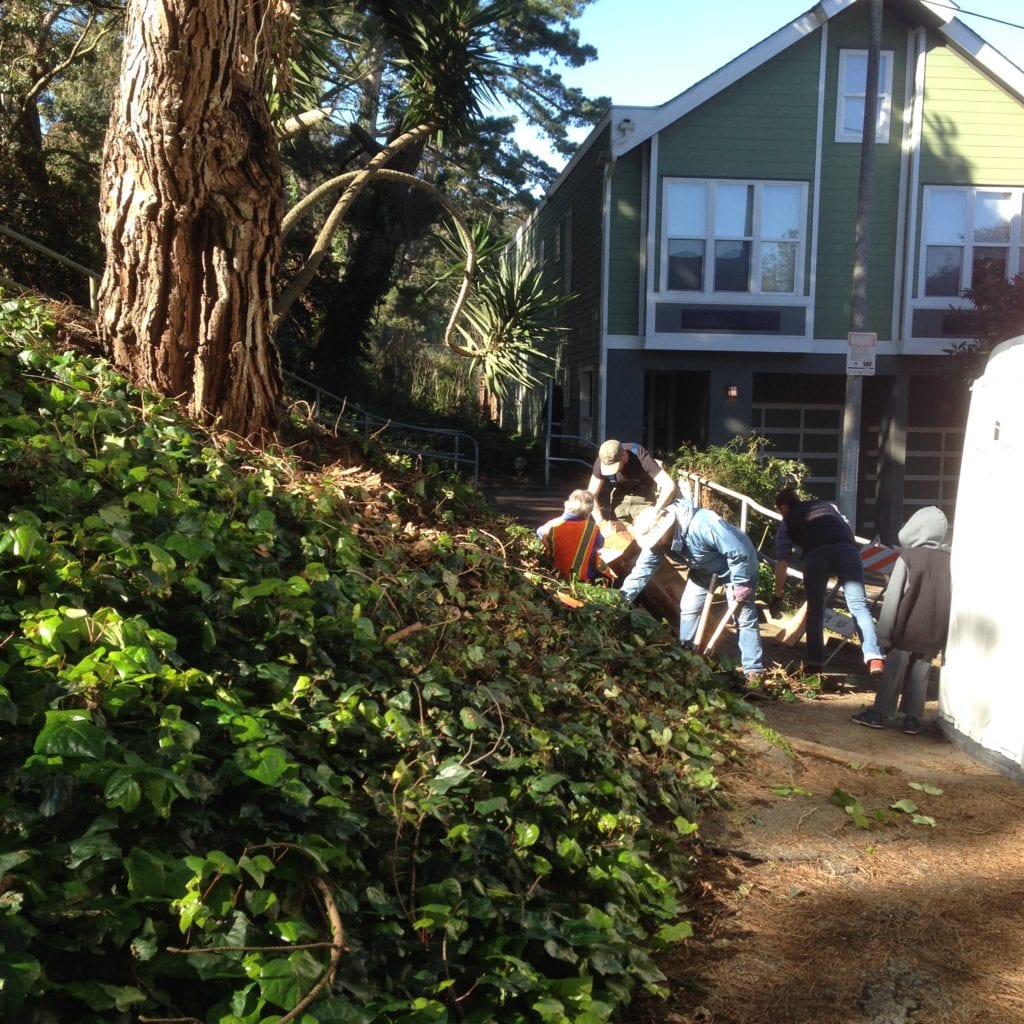
Wilkes has several paying gigs, including writing software and writing as a free-lancer. Her byline is often seen in Hobby Farms magazine. This is one of her ‘just for fun’ activities.
As Wilkes walked along the pathway, her neighbors pitched in. Nicholas Dewar and Michael Rice topped the incline, tackling tendrils woven into the soil. Thickets of English ivy cloaked the slope up to Bosworth’s sidewalk edge. After a while, they unfurled a burlap bag, fashioned a hammock of uprooted ivy and descended to the path. Later, Dewar and John Walmsley carried it and additional bags to Lippard Avenue. Adam King attacked the hummock as if he were no stranger to such work. At Lippard’s crest, Killian Murphy worked, his cuffs grazed with thistle while Susanna Russo immersed herself ankle-deep in English ivy while jousting with a horizontal tree limb. Ann Edwards and Bonnee Waldstein, didn’t take to the slope, remaining below, filling their own bags.
While not as difficult as shepherding sheep, Wilkes had to overcome her share of logistic hurdles pulling off the morning’s exercise.
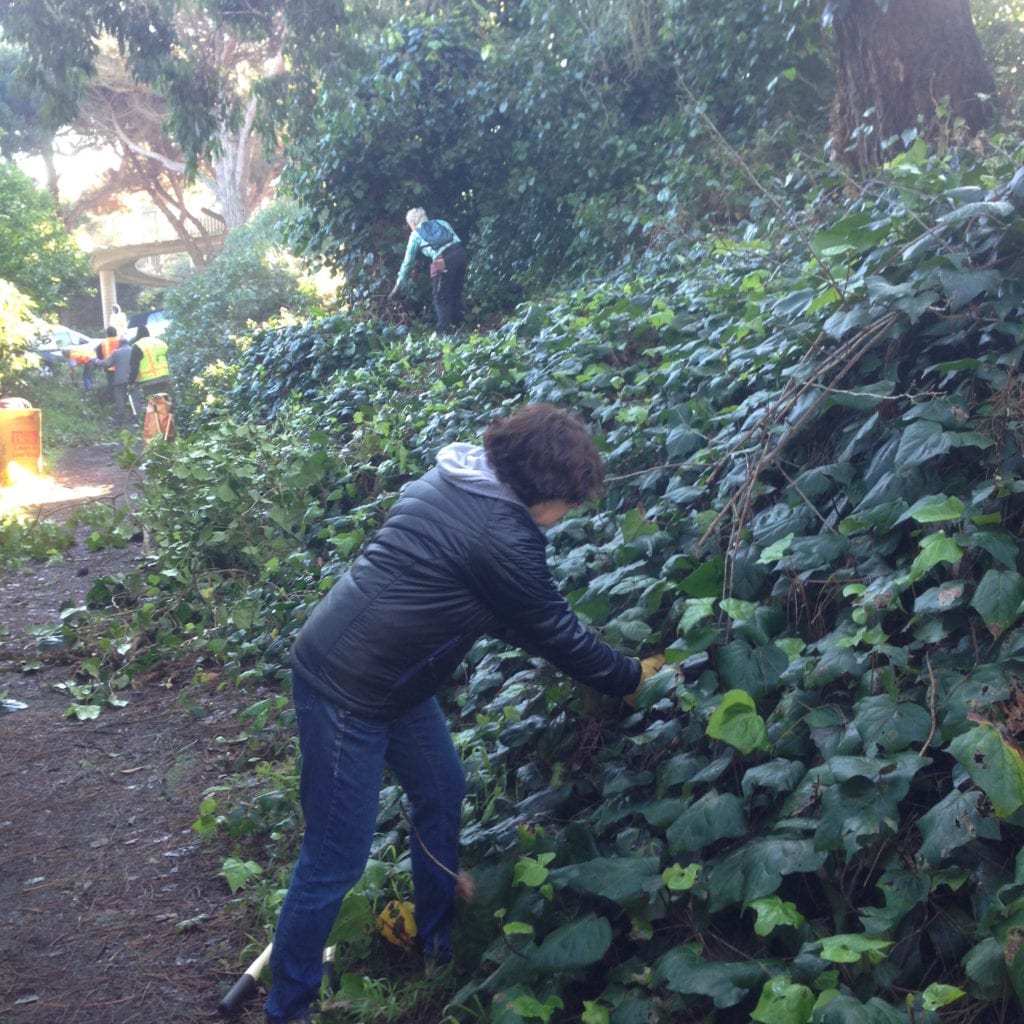
“Coordinating this with Public Works and Recology, particularly the date, wasn’t easy,” conceded Wilkes, who on the day of the work party wore brown overalls and a scarf covering her hair.
She smiled when the Recology vehicle braked on schedule. “I plan around the truck’s availability.”
“Lippard to Chilton is a particularly gnarly stretch of the Greenway,” explained Wilkes, formerly the GPA’s recording secretary. “It’s more densely overgrown.”
She’s done this before. Last June, 15 neighbors had cleared ivy and trash, filling 90 bags of compostable material from Brompton Avenue to Lippard Avenue. When you think that the average weekend gardner fills only four or five, it’s a whole lot of weeding going on.
Doing this sort of public clean-up isn’t the same as just getting up on a Sunday morning, seeing it’s clear and thinking “Maybe I’ll tackle that front flower bed this morning.” The morning’s activities actually involved long-term planning.
“First, we require that residents identify the space and lead the visioning process,” Marissa Alexander, Parks Alliance Streets Parks Program Manager, emailed the Glen Park News. “This ensures that the project reflects the needs and wants of the neighbors.”
The Glen Park Greenway project was first envisioned in the Glen Park Community Plan, a process begun in 2003 and adopted by the Board of Supervisors in 2012. With an objective of sustaining and improving an informal greenway and pedestrian path on land owned by the City and the Archdiocese, its vision is to connect downtown Glen Park with Glen Canyon Park. Numerous community meetings were held. With various stakeholders on board, the Greenway Project was seeded with a $40,000 grant from a private foundation. Former District 8 supervisor Scott Wiener kicked in another $10,000 while the GPA contributed $5,000.
A lion’s share of the money went to retain Surfacedesign, Inc, a landscape architecture firm engaged to conceptualize a project that would thread its way from Brompton to Burnside Avenues. With community input, particularly from those residents paralleling the path sandwiched between backyards and Bosworth Street, the vision was tweaked and massaged. Sunny meadows and wooded areas, bookended by Brompton and Lippard Avenues, will be paved with decomposed granite, a sturdy and porous material. Interpretive signage, complemented by low wattage overhead-lighting, will be added and refuge and waste bags will punctuate the walk. Between Lippard and Chilton Avenues a wooded area will be added. St. John School came on board, and between Chilton and Burnside Avenues there will be more of the same. West of Burnside the Greenway path continues on Paradise Avenue to Elk Street, ending at Glen Canyon Park.
“I care about the Greenway,” said Wilkes, a native of Detroit. She’s lived in San Francisco for 10 years and in Glen Park for four of those years. “It’s a resource to be stewarded.”
“We want to plant that thought with City agencies,” continued Wilkes. “The GPA can go to City agencies now and be able to say, ‘See, we’re working together as a community to establish a relationship with you.’”
“It was wonderful to see such a strong neighborhood presence that Saturday morning,” said Alexander, who was on site January 14 to see for herself. “The volunteers and the Clean and Green Crew cleared out massive amounts of invasive and over-grown plants to help make the pathway more accessible for neighbors and ensure the health of the flora.”
The meeting part
After 12 years of meetings, minutes, poring over city documents and generally shepherding our neighborhood, Michael Rice last month handed his GPA presidential baton to Scott Stawicki. He engineered one final task before he departed, still paying it forward.
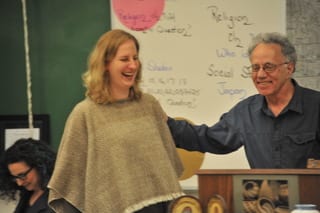
“Jim Edwards, Nicholas Dewar and Adam King are writing a Community Challenge Grant,” Rice told the Glen Park News. “The grant must be submitted by March 24 and can reach up to $100,000. If we receive it, we’ll use monies to plant trees and shrubs and provide irrigation along the Greenway.”
The Challenge Grant is a grant program administered through the City Administrators office at City Hall. The program provides grants to communities to fund beautification projects, mostly centered on greening and art. The Diamond Heights median project is a recent recipient.
“The goals of the CCG are to promote vibrant physical improvements and greening of public spaces, engaging residents and businesses in creating welcoming places for community building,” emailed Marissa Alexander.
All CCG projects require that the community commit a certain amount of volunteer hours to ensure the project’s success. Thankfully, Glen Park does not lack for those willing and able to do such work.
“Community clean-up days like the one on January 14 help to demonstrate that neighbors are invested in the project and will volunteer their time to steward the land during and after the grant period,” Alexander told the Glen Park News.
The volunteers who come out for that work are often stories unto themselves. In Wilke’s case, it would be a fairly safe wager that there’s more English ivy in San Francisco than there are sheep shearers.
The evening she collected the Destination Bakery cakes for Michael Rice’s St. John send off, Stephany Wilkes was elected vice president of the Glen Park Association.
Neither of Rice’s cakes was light, but a lot lighter than an average single fleece weight of somewhere between five and fifteen pounds. depending on the breed of sheep she is used to shearing throughout the western United States.
That evening she shed her January 14 overalls, undoubtedly the same ones she’s pulled on countless times deploying half nelsons upon Mendocino and Humboldt County rams.
In exchange, she donned what she calls her “treasured” poncho, a hand woven garment, crafted for her by Robin Lynde of Vacaville, whose flock she often tends. It’s made of Jacob sheep wool from Lynde’s ranch and blended with wool from nearby Timm Ranch. There are three colors used — undyed gray, Jacob; Jacob wool dyed with black walnut; and undyed, white wool.
With every chair taken in the elementary school classroom that evening, several by friends whom she’d directed on January 14, Stephany Wilkes didn’t look at all out of place draped in her sheep herder’s poncho.
After all, earlier in the month she’d knit another stitch in both hers and Glen Park’s fabric, telling the Glen Park News:
“I simply wanted some yarn.”